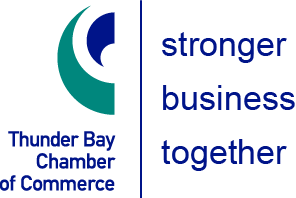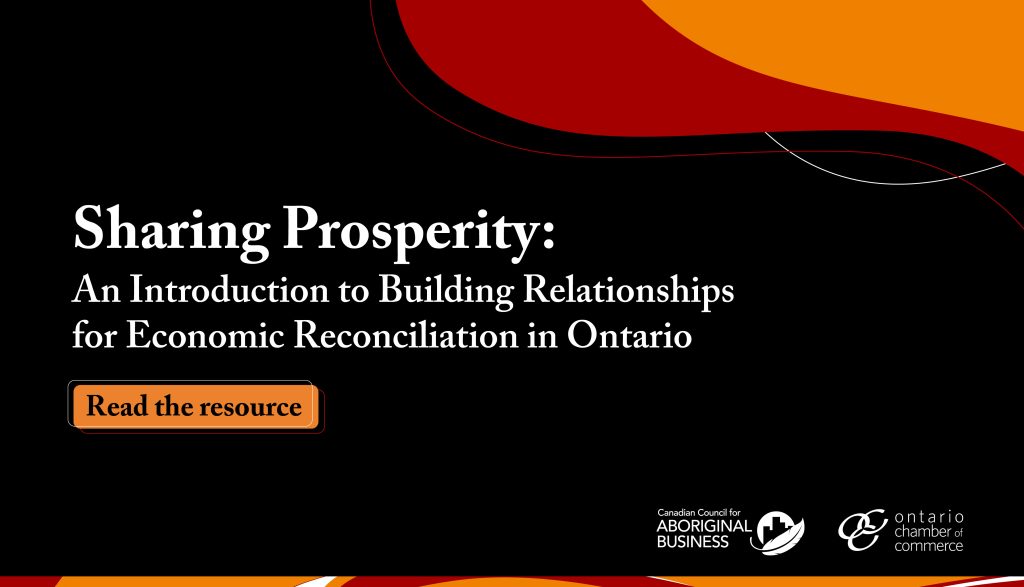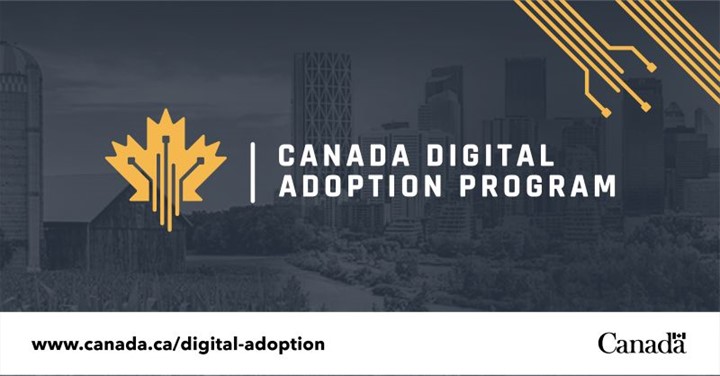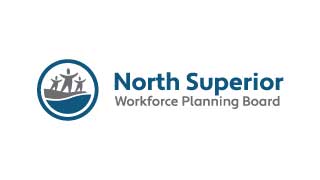- Narayan Pant, director of INSEAD and leadership development expert, details three case studies in a Harvard Business Review article about leaders who learned the hard way about the role of personal development in affecting organizational change
- Pant introduces four leadership principles to help leaders become more self-aware and more successful in leading change initiatives
- The first principle is self-awareness – leaders must be willing to accept feedback in all times, not just when things are going well.
- The second principle is a commitment to change – self-reflection can enable course corrections for future efforts.
- The third principle is recognizing interference – being mindful of personal thoughts can help keep negative reactions in check.
- Last but not least, practice makes perfect – making lasting changes starts small and benefits everyone associated with the organization.
In every organization, change is inevitable. It’s the leaders who play a pivotal role in navigating these shifts, adapting priorities, and reimagining team engagement. However, when leaders are not aware of personal development gaps they inadvertently sabotage change initiatives. In a Harvard Business Review article, Narayan Pant, leadership development expert and director of INSEAD, introduces three leaders who learned the hard way about how their behavior negatively affected their ability to create change. Pant offers these hard-won lessons alongside four principles that will benefit leaders tasked with facilitating company transformation and building a positive team culture.
A Story of Three Leaders
Pant introduces three leaders in his article who serve as allegorical types. The first is Peter who loses his job as CEO because he failed to achieve results in the transformational project he was leading. Next, Naomi is a leader who lost a promotion when her attempts to make organizational change took too long. The last leader is Youssef who almost left his job because he felt misaligned with his team’s culture.
Pant shows how initially each of these leaders located blame outside of themselves. And it’s not a total surprise. Psychologists have identified that humans have a tendency to lean into explanations that confirm their identity. They even have a name for it: cognitive dissonance. Social psychologist and researcher Elliot Aronson defines cognitive dissonance as rationalizations that help us excuse bad behavior. Sometimes these same thoughts can work to our advantage, especially in instances when they help us avoid a bad decision.
In Peter’s case, he believed poor market conditions sabotaged revenue projections. Naomi thought job market conditions and high employee turnover hurt her ability to make change. Youssef blamed his disconnect on the more transactional values of younger leaders. In each case, according to Pant, the leaders failed to see how their own behavior contributed to the outcome.
#1 Build Your Self-Awareness Muscles
“Leaders can only change their behavior when they’re aware of how it’s perceived by others and the thoughts and feelings they experience as they attempt to change,” says Pant. And that self-awareness requires a willingness to discover others’ disappointments and criticism of your leadership. In Peter’s case, he only asked for feedback when things were going well. As the company’s revenue failed to meet projections, he avoided feedback out of fear. Unfortunately, this misstep meant that he only learned how to improve when he was being let go. Pant believes that leaders need feedback in all seasons, especially when something isn’t working.
# 2 Commit to Change
After Naomi lost her promotion, she used self-reflection to course correct. According to Pant, she was aware of her tendency to jump to problem solving and skip listening, in order to ‘save time.’ Her newfound understanding resulted in a promise to do more deep listening and empowering her team to call her out when she reverted backward. Naomi reported the process was humbling, as stress threatened to override her commitment to listening. But with the help of her team, she became a better listener and leader.
#3 Notice Interference
Sometimes obstacles come from inside, not outside. In Youssef’s story, he’d taken on a lower position and a global job transfer to be closer to extended family. He started out positive and curious. However, when his questions initiated criticism of specific policies he’d help create back at headquarters, he became defensive and judgmental. Pant introduced Yourself to a mindfulness-based therapy that allowed him to defuse his negative thoughts. Youssef was especially haunted by a thought that sounded like “I understand this company’s values better than you,” which his colleagues experienced as feeling that Youssef was talking down to them. By learning to notice his thoughts, he was able to create a gap between the thought and his reaction, which helped Youssef transform from a know-it-all to a curious leader who younger team members perceived as a mentor.
#4 The last step is to practice
Discovering your leadership flaws is not fun or easy. The good news is you don’t have to change everything at once. Pant advises to start small. In Naomi’s case, she needed to stop micromanaging and empower team members to do things like lead team meetings or bring issues to the table in intentional meetings. Over time, this improved group culture and helped them all work together to achieve their bigger objectives.
By taking it one step at a time, leaders can make lasting changes. The work required to become a better leader benefits everyone, spilling over from the individual to the team and ultimately positively affecting your organization’s culture. To learn more, read Pant’s full HBR article here.

















